Climate Fiction Starter Pack
As an English major in college, I took a course titled Literature & the Environment. The course itself was a new offering because climate fiction has only been identified as a genre since the 2010s (though literary predecessors have existed throughout the 20th century). The power of climate fiction is its capacity to relay real experiences, invoke the imagination of both writer and reader, and sometimes even suggest practical solutions – The Ministry for the Future contributed enough substance for discussions at the United Nations and the Pentagon.
In my undergraduate course, we explored a variety of novels that constitute the genre, as well as academic writing on the genre’s significance. One article specifically sparked my interest; it explored how our neurological hardwiring is biased towards stories, and thus, fiction is more capable than news in engaging us with climate change. We feel more compelled by narratives because they invoke empathy. With the climate crisis affecting communities on a global scale, empathy is not a resource to be overlooked.
I have continued incorporating climate fiction in my reading rotation well beyond the course as an effort not just to build empathy, but also to diversify the perspectives, landscapes, and concerns I am exposed to. To share this experience, I have created a five-novel starter pack as an introduction to climate fiction. It by no means is fully representative of the genre’s reach, but rather is a collection of stories that particularly resonated with me. I will very briefly make a case for environmental and climate novels that are both timeless and specifically appropriate for our time.
The Overstory by Richard Powers
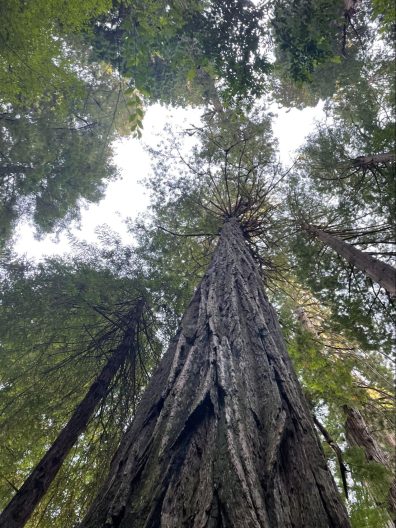
This novel will revolutionize the reader’s relationship with trees. Powers impressively invites his reader to understand and relate to trees, without anthropomorphization. The novel follows five trees and nine characters as their stories grow entangled. Some characters and events are based on real people and events, further compounding the reading experience – for example, the main character Patricia is based on ecologist Suzanne Simard. Powers’ prose is dazzling, leaving you rereading whole paragraphs just to absorb the beauty of it all. Fun fact: the novel is printed on 100% recycled paper, a final tribute to trees as their story circulates. It also unsurprisingly won a Pulitzer.
The Age of Miracles by Karen Thompson
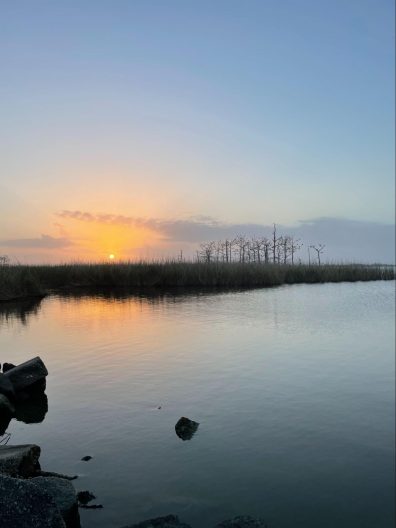
Reading this coming-of-age novel during the COVID-19 pandemic was unnerving to say the least. The story follows a young Julia as she enters her teenage years in a small California town, but a catastrophic, creeping event – “The Slowing” – extends each day more than the last. This leads to divisions among the community, readjustments to school and work life, and a distortion to the world as it was, not unlike the COVID era from which we have just emerged. Aside from a relatable and sudden need to redefine lifestyles, this novel uses small details (like the extinction of the pineapple) to reveal how slow damage can alter our ways of life. Climate change is and will continue to incrementally damage countless earth systems; one particularly parallel example to Thompson’s novel is the lengthening of crop growing season.
The Road by Cormac McCarthy
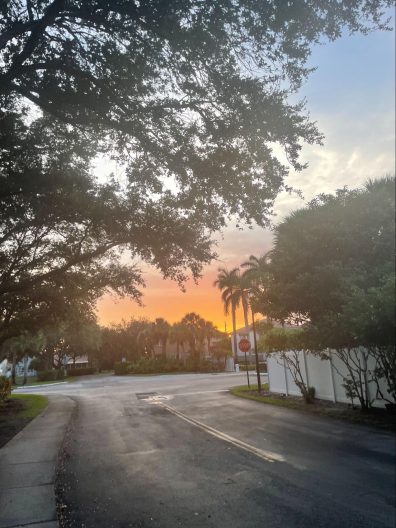
The darkest of my suggestions, this novel is horrendous in ways that nuances moral faults. The Road is apocalyptic, taking place in a world that has changed significantly due to climate change. McCarthy’s characters live in a state of constant vulnerability. An unnamed father-son duo dominates the story, and the child does not know a life before climate disaster, much like the generations coming of age in the 21st century. His father reflects on the world that once was, as he navigates their newly nomadic lifestyle, constantly in search of food and shelter. This novel reveals the vulnerability of people stripped of resources, a truth confronted by much of the world today.
A Children’s Bible by Lydia Millet
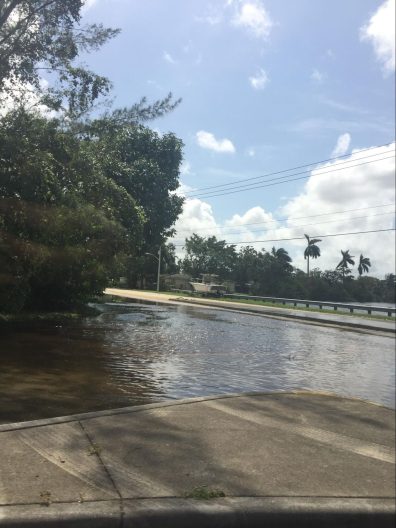
Of the starter pack, this novel most closely aligns with the modern American experience. A Children’s Bible offers a contrasting perspective to The Road: the children must reap the consequences of their parents’ inaction, not unlike the frustration of today’s young climate activists. Millet’s characters are a well-off group of families who are on vacation together and when they deliberately ignore hurricane warnings, harm follows in forms like flooding and medical emergencies. This is a collective narrative of action and inaction, highlighting how wealth does not provide protection from climate disaster, and apathy certainly fails to avoid harm.
Gun Island by Amitav Ghosh
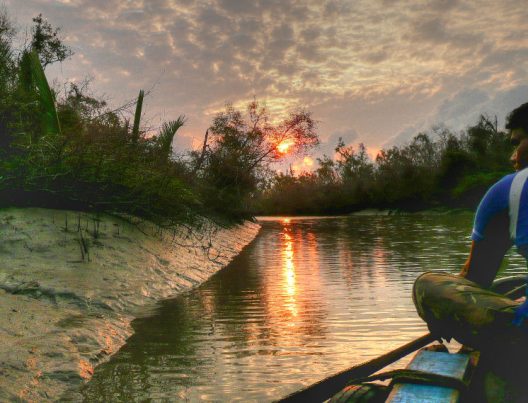
I am especially partial to this novel because it concerns my area of interest: climate migration in Bangladesh. Though, the settings also include Italy and New York as Ghosh captures the reality of migration by highlighting social/climate impacts on the supposed safe havens people turn to, as well as the social/climate reasoning behind their flight. The novel includes cultural legends and histories of environmental disasters, which inform current adaptation decision-making well beyond Bangladesh.
I end on Gun Island because its relationship to my current research resonated with me, and I urge others to seek fiction relevant to their specific passions. Literature can bring beauty to a subject known academically. Be it environmental justice or species extinction, many novels already exist, and more are on their way. Climate fiction is unlike other forms of knowledge acquisition. Experiencing a narrative invokes empathy for both people and the environment, and the story will remain with you.